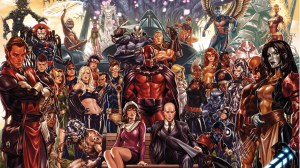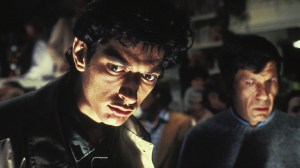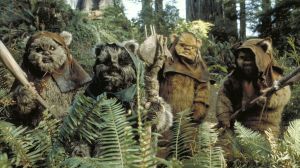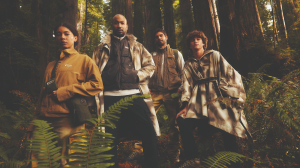While there’s no exact formula for how writers and editors at Marvel Comics come up with new characters, it’s reasonable to assume that once a general story idea is conceived or agreed upon, there’s a deliberate and methodical process for determining which characters will be introduced or featured. In other words, characters typically don’t appear in a series by accident — there’s usually a well-thought-out plan for why they belong in the narrative and what role they’re meant to play. However, there are several foundational Marvel characters whose existence was largely unplanned. In fact, due to a twist of fate — or a creative quirk in the Marvel universe — some of these characters might never have seen the light of day.
Videos by ComicBook.com
In the realm of storytelling, a “quirk” refers to characters who weren’t initially conceived during the creative process. Instead, they came into existence as last-minute additions, unplanned replacements, changes to previously slated characters, or “eleventh-hour” editorial improvisations. In essence, these characters weren’t part of the original storyboard or the creative team’s initial vision but found their way into the narrative due to an unexpected creative change or happy accident. Below is our list of the more memorable Marvel characters who were almost never created.
1) Apocalypse

It’s safe to say that Apocalypse’s impact on the Marvel Comics universe has been seismic. Not only does he demonstrate that mutants — unlike many superheroes — are not a modern phenomenon, but he also presents a compelling “middle path” between Professor X’s idealism (that mutants and humans must coexist) and Magneto’s belief in eternal conflict. Moreover, the Age of Apocalypse storyline reinvigorated Marvel’s mutant narrative, introducing iconic characters like Blink, X-Man, and Dark Beast, each leaving a lasting legacy.
Surprisingly, for a character who has reached such a level of gravitas in the Marvel Comics universe, his existence is the epitome of “whimsical.” The original plan for X-Factor #5 was to feature the old Daredevil villain, the Owl, as the main antagonist. However, when series creator Bob Layton was suddenly replaced by Louise Simonson, she opted to introduce her own style. Being new to the series, Simonson decided to create a new villain on the spot with artist Walter Simonson – Apocalypse. The editor, Bob Harras, agreed to the change, and the rest is X-Men history.
2) Ultron
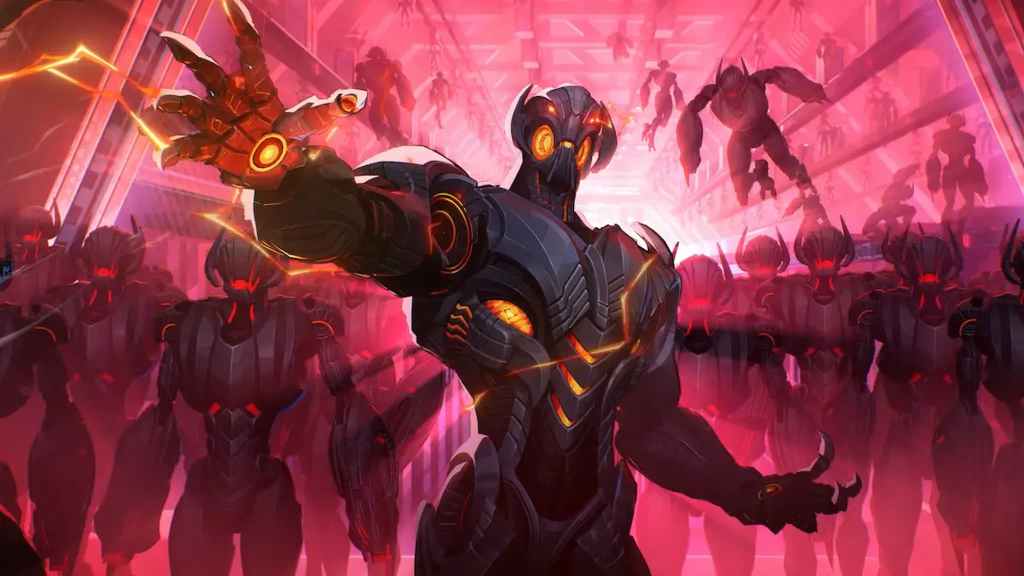
While the Avengers have faced some of superhero comic books’ most iconic villains, few have reached the stature of Ultron. Not only does he have a knack for returning just when everyone thinks it’s safe to breathe again, but he is also deeply linked to Vision and Wonder Man, two of the most iconic and formidable members of an Avengers roster filled with legendary heroes. Indeed, Ultron is one of the few villains who has nearly beaten the Avengers single-handedly multiple times.
But if Ultron’s creator Roy Thomas had his way, the diabolical villain might never have seen the light of day. Originally, Thomas pitched Editor-in-Chief Stan Lee on reviving the Golden Age hero known as the Vision. However, Lee rejected the idea and suggested that Thomas reimagine the character as an android instead. Since androids aren’t born and don’t build themselves — at least not at first — Thomas had to decide who would be responsible for Vision’s creation. Ultimately, he created Ultron: a robot built by Hank Pym, who would go on to construct his “son,” the Vision, using the body of the Golden Age android Human Torch and stolen brainwave patterns from the former hero Wonder Man.
3) Phil Coulson
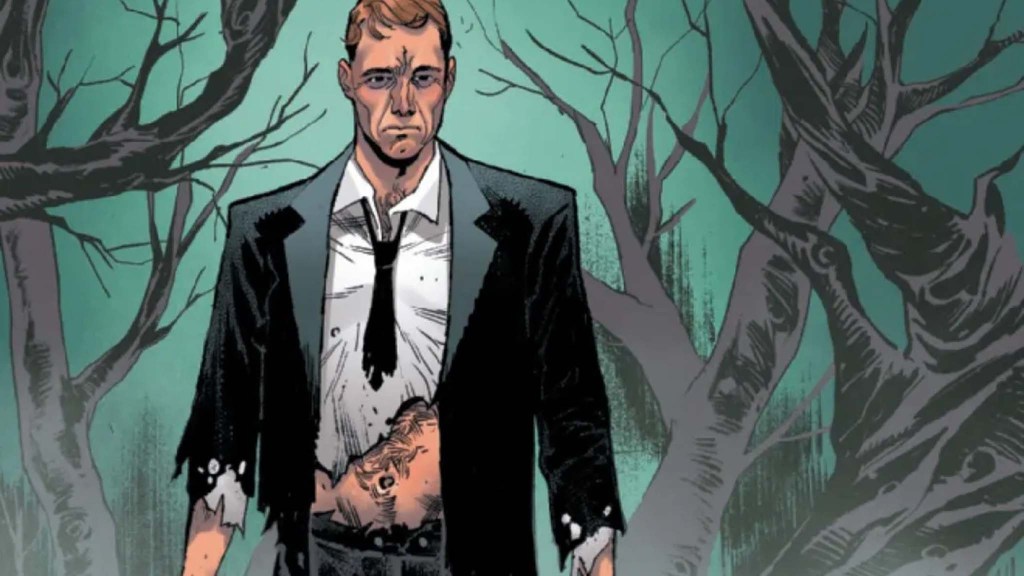
Nick Fury, without a doubt, is the heart of the Strategic Homeland Intervention, Enforcement and Logistics Division (S.H.I.E.L.D.). His hard-charging, shoot-first — but only when the vibe is right mentality is infused throughout the organization. This value system and vision have made S.H.I.E.L.D. one of the world’s premier power centers, all without the need for superpowers. However, S.H.I.E.L.D. would be nothing without the buy-in from its field agents, and no one embodies the loyalty, sacrifice, and intelligence necessary to be a true agent more than Phil Coulson. Indeed, Coulson’s dedication to the job, especially as his responsibilities and oversight grew, is arguably just as important as Fury’s in shaping S.H.I.E.L.D. into the organization it is today.
While the Marvel Comics Universe is the primary source of content for the Marvel Cinematic Universe (MCU), now and then, the influence flows in the opposite direction. One notable example is with Agent Coulson — arguably the most recognizable S.H.I.E.L.D. agent outside of Nick Fury himself. Coulson was originally a creation of the MCU and was never intended to be part of the comic book universe. However, due to his immense popularity on both the big and small screens, Marvel eventually decided to bring him into the comics. Through some clever retconning, they fully integrated him into the Marvel Comics canon, recasting him as a full-fledged action hero in his own right.
4) Venom

One of the best upgrades of the Bronze Age was the introduction of Spider-Man’s sleek black suit — until fans discovered it was actually a sinister alien symbiote trying to take over Peter Parker. When he finally broke free, few could have guessed it would later evolve into Venom — a character who has since become not only one of Spider-Man’s most infamous foes but also one of Marvel’s most iconic figures.
It’s astonishing to think that a character as culturally impactful as Venom owes his existence to sheer happenstance. The story of his creation begins in 1982 with Randy Schueller, a devoted Marvel fan. Schueller submitted an idea for a black-suited Spider-Man as part of a Marvel program that invited fans to pitch concepts for integration into the comic universe. Though Marvel wasn’t actively looking to redesign Spider-Man’s costume, Schueller’s submission found its way to the then Editor-in-Chief Jim Shooter. Shooter was impressed enough to purchase the idea from Schueller for a modest $220. While Marvel ultimately scrapped Schueller’s original concept of the suit being a variation of the Fantastic Four’s dynamic costumes, they ran with the striking black design. This fortuitous acquisition eventually evolved into the incredibly popular character we know today as Venom.
5) Storm

Outside of Wolverine, few members of the new X-Men team — introduced when the series relaunched with Giant-Size X-Men (1975) #1 — are as beloved as Storm. A key figure from the very beginning, Storm’s significance to both the X-Men and the broader mutant community only deepened when she assumed leadership of the team during Professor X’s sabbatical to travel with the Starjammers. Crucially, Storm wasn’t simply next in line; she was chosen to lead over others because of the work, dedication, and impact she had already demonstrated within the team.
If Storm’s creators — Len Wein and Dave Cockrum — had their way, the Storm we know today might never have existed. Initially, the character they envisioned was pitched to DC Comics as a potential character in the Legion of Super-Heroes series. When that fell through, they brought the idea to Marvel, who accepted it. Originally, Marvel greenlit the character under the name Black Cat, but since Marvel already had several female, cat-themed characters like Hellcat and Tigra, Wein and Cockrum decided to rename her Storm and redesigned her with the iconic white hair and striking, bright eyes she is known for today.
6) Jessica Jones

Jessica Jones isn’t your typical Marvel superhero. While most characters embrace their powers — whether for good or evil — Jones entered the Marvel Comics universe actively trying to escape hers. To be clear, it wasn’t just her superpowers she was running from; she was also grappling with deeply personal issues that, for her, took priority over fighting the good fight. In that way, Jones became a model for a different kind of hero: a superpowered everyperson whose struggles and relatability resonate with fans. Her grounded, often messy life has made her a valuable addition to Marvel’s pantheon of modern-day heroes.
The depth and richness Jessica Jones brings to Marvel almost never came to be, or at least, not through her. Originally, her creator, Brian Michael Bendis, was struggling to craft a story for Jessica Drew, A.K.A. Spider-Woman. As he revealed in a Decider interview, Spider-Woman’s established history made it difficult for him to fully realize the fresh ideas he had for her. When Bendis approached his editors about this creative hurdle, they offered a pivotal suggestion: instead of trying to force his concepts into an existing character, he should create an entirely new one. This new character would grant him complete creative freedom, allowing him to shape her as he wished. And so, Jessica Jones was born.
7) Gwenpool
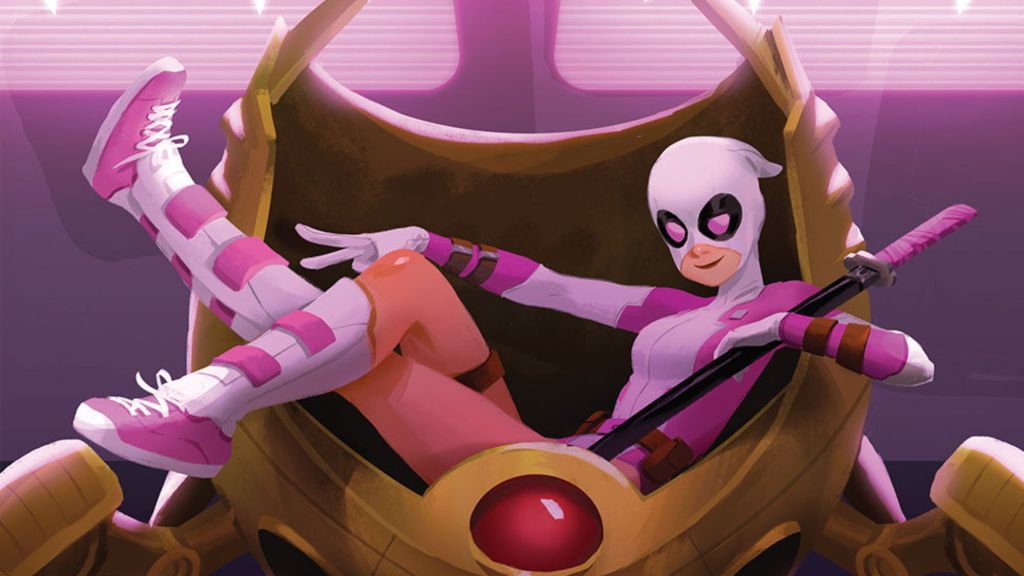
In the grand tradition of meta-savvy characters like Howard the Duck, She-Hulk, and Deadpool comes Gwenpool — perhaps the most brilliantly self-aware protagonist to ever break the fourth wall. What makes Gwenpool nearly the perfect superhero is her limitless potential: armed with an encyclopedic knowledge of the Marvel Universe, she’s uniquely equipped to manipulate comic book logic itself. Whether rewriting reality, escaping certain defeat, or bending the rules to her advantage, she doesn’t just understand the Marvel Universe — she weaponizes her fandom. Truly, there’s no other character quite like her.
One of the most interesting examples of a super-cool character who almost never was is Gwenpool, who started out as a joke meant for a one-time use. Artist Chris Bachalo sketched her as a variant cover for Deadpool’s Secret Secret Wars #2, celebrating the popularity of Gwen Stacy after her reentry into the Marvel Comics universe in Edge of Spider-Verse. As the author of the Deadpool series, Bachalo decided to combine elements of Deadpool and Gwen Stacy into a single character as a gag for his variant cover. The image proved so popular that Marvel decided to bring it to life, and the full-fledged character we know today was born.
8) Nightcrawler

While not as popular as his teammates, Wolverine and Storm, Nightcrawler is one of the most interesting X-Men of all. Unlike other members of the team who, if they did not use their mutant powers, could escape notice, it was impossible for Nightcrawler to “escape into a crowd.” As a result, his perspective on being a mutant is very different from others. Consequently, he’s become a great mentor for younger mutants who — like him — cannot easily disguise their heritage. Indeed, this has made him the team’s moral compass and voice of reason.
Created by the same team that brought us Storm — Len Wein and Dave Cockrum — Nightcrawler was originally pitched to DC Comics as a member of a group called the Outsiders, intended to appear in the Legion of Super-Heroes series. When that idea was rejected, Marvel agreed to include Nightcrawler as a member of the new X-Men team they were planning to revive. In their pitch, Wein and Cockrum envisioned Nightcrawler as a demon from hell who, having failed his mission, had self-exiled himself to Earth to escape punishment.
9) Silver Surfer
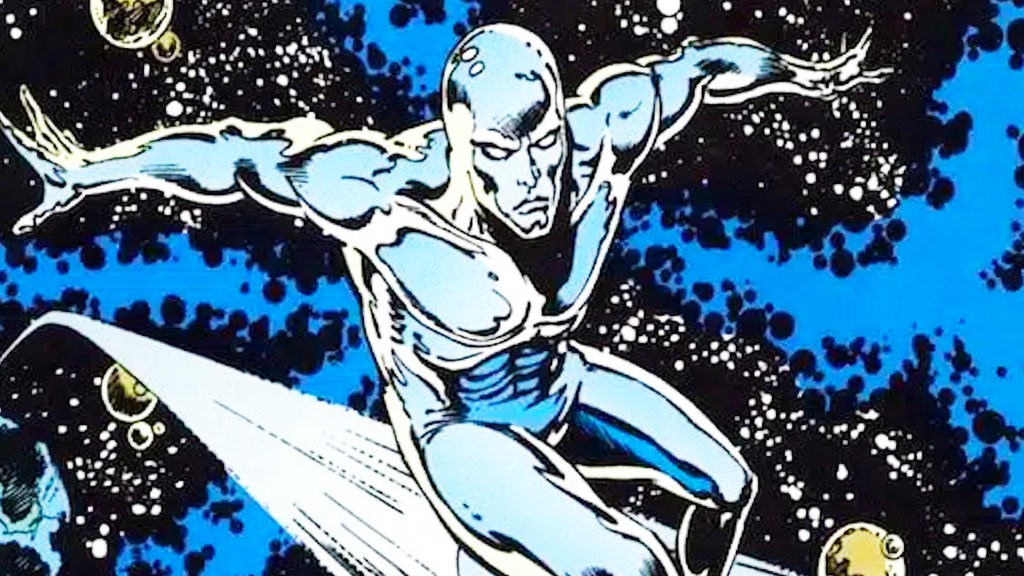
The Silver Surfer is one of the coolest, yet understated, stars of the Marvel Comics universe. Immensely powerful and remarkably complex, he embodies the free-spirited, expansive vibe of the surfing community that inspired Jack Kirby when he created the character. The Silver Surfer has always walked a fine line between representing carefree exploration and plumbing the depths of loneliness and isolation as he traverses the galactic seas.
In what must be one of the most famous last-minute choices in Marvel history, Jack Kirby, who was the artist working with Stan Lee on the Fantastic Four, without any prompt or suggestion, drew Silver Surfer into the “Coming of Galactus” story. As Kirby envisioned it, someone as powerful as Galactus wouldn’t do the “busy work” of finding worlds to consume; rather, he would have a subordinate do it. At first, Lee was rather skeptical about a surfing spaceman, but loved Kirby’s drawings of him and his reasoning for including him so much that he eventually accepted his inclusion in the story and developed an interesting backstory for him.
10) Captain Marvel

Carol Danvers is undeniably Marvel royalty. As one of the vanguard of female superheroes to headline her own series, she not only stood out as one of the most powerful heroes in the Marvel Comics universe but also as one of the first whose alter-ego was a highly successful career woman. Given this impressive background, it would seem her role as a pillar of Marvel continuity was set in stone. Despite her strong foundation, however, Danvers’ evolution as a hero often seemed to recede, largely due to inconsistent character treatment. Indeed, she appeared destined to remain a supporting character forever — that is, until she became Captain Marvel.
Danvers’ Captain Marvel may represent one of the longest and most winding journeys of a Marvel character who almost never saw the light of day. While the original introduction of Ms. Marvel — as a supporting character to the original Captain Marvel — was well-planned and intentional, the character struggled for years to find a consistent identity or audience. Various creative teams reimagined her multiple times, including as Binary and later Warbird, reflecting Marvel’s ongoing effort to make use of her in some meaningful way. Despite these efforts, it wasn’t until 2012 — 44 years after Danvers’ initial debut – when writer Kelly Sue DeConnick was handed the Ms. Marvel file — that everything changed. It was under her guidance that the idea to rebrand Carol Danvers as Captain Marvel took root, ultimately growing into the powerful, iconic version of the character we know today.

